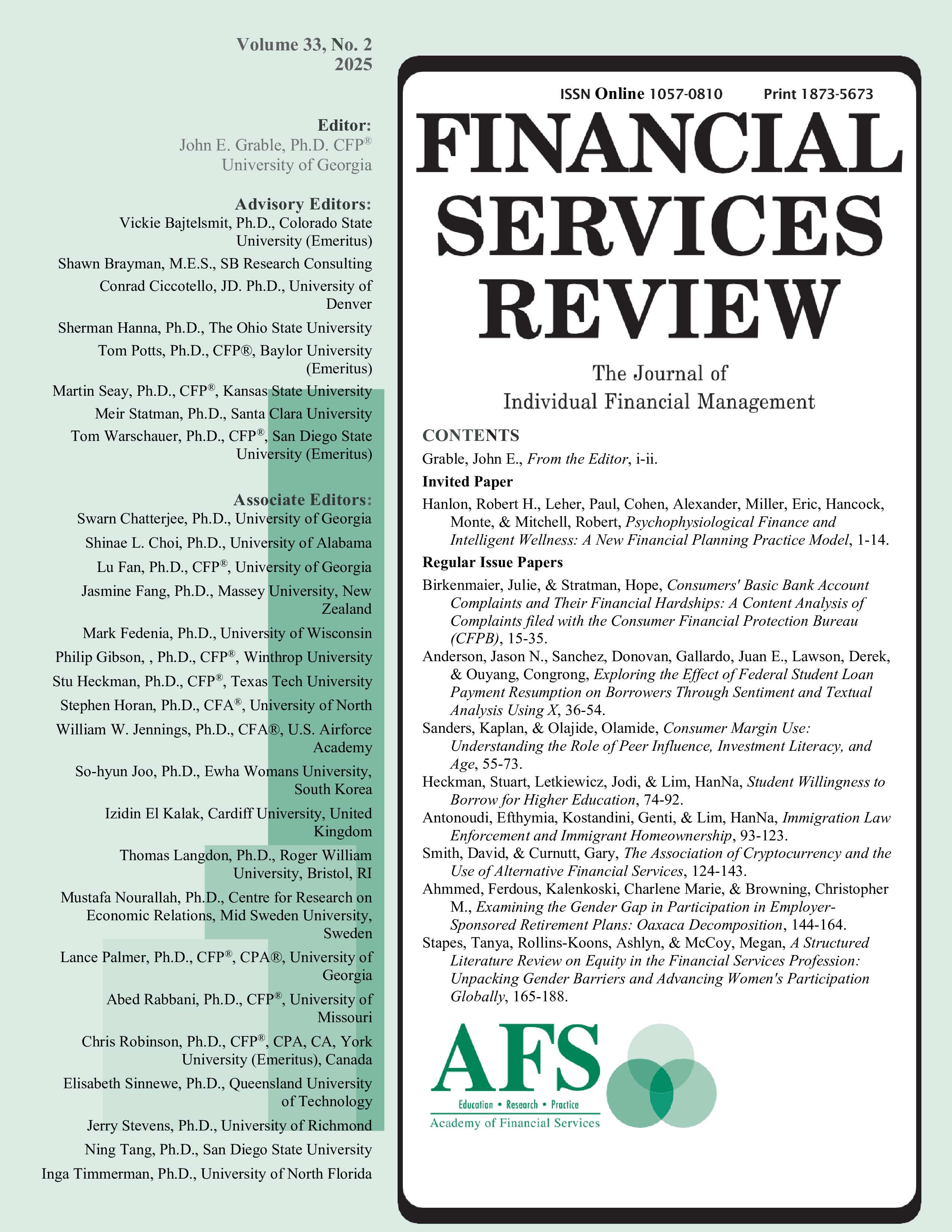Immigration Law Enforcement and Immigrant Homeownership
DOI:
https://doi.org/10.61190/fsr.v33i2.4113Abstract
We use the American Community Survey microdata and employ difference-in-differences (DID) models to examine how local immigration law enforcement, through 287(g) agreements and the Secure Communities program, impacts homeownership among different demographic groups. The findings indicate that 287(g) agreements significantly reduce the likelihood of homeownership, particularly among Hispanics without a college education and U.S. citizenship, with effects most pronounced in states lacking E-Verify mandates. The Secure Communities program exhibits more nuanced effects, initially showing positive impacts for specific Hispanic populations; however, these results are not robust to pre-trend analyses. Additional factors such as length of U.S. residence, English proficiency, age, and household income strongly influence immigrant homeownership outcomes, underscoring the complex interplay between policy enforcement and socio-economic assimilation. The results highlight unintended economic consequences of immigration enforcement policies, suggesting important considerations for housing stability, financial security, and integration policies aimed at immigrant and broader community well-being.
Downloads
Published
How to Cite
Issue
Section
License
Copyright (c) 2025 Efthymia Antonoudi, Genti Kostandini, HanNah Lim

This work is licensed under a Creative Commons Attribution-NonCommercial 4.0 International License.
Author(s) retain copyright and grant the Journal right of first publication with the work simultaneously licensed under a Creative Commons Attribution-NonCommercial 4.0 International License that allows to share the work with an acknowledgment of the work's authorship and initial publication in this Journal.
This license allows the author to remix, tweak, and build upon the original work non-commercially. The new work(s) must be non-commercial and acknowledge the original work.


